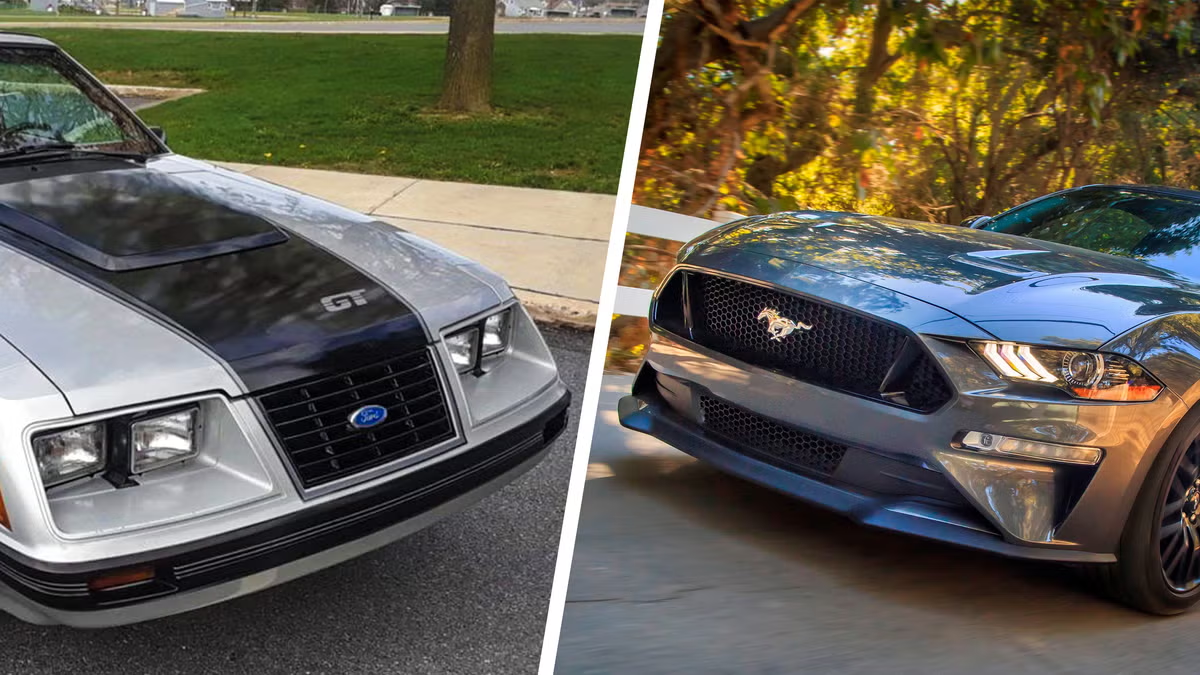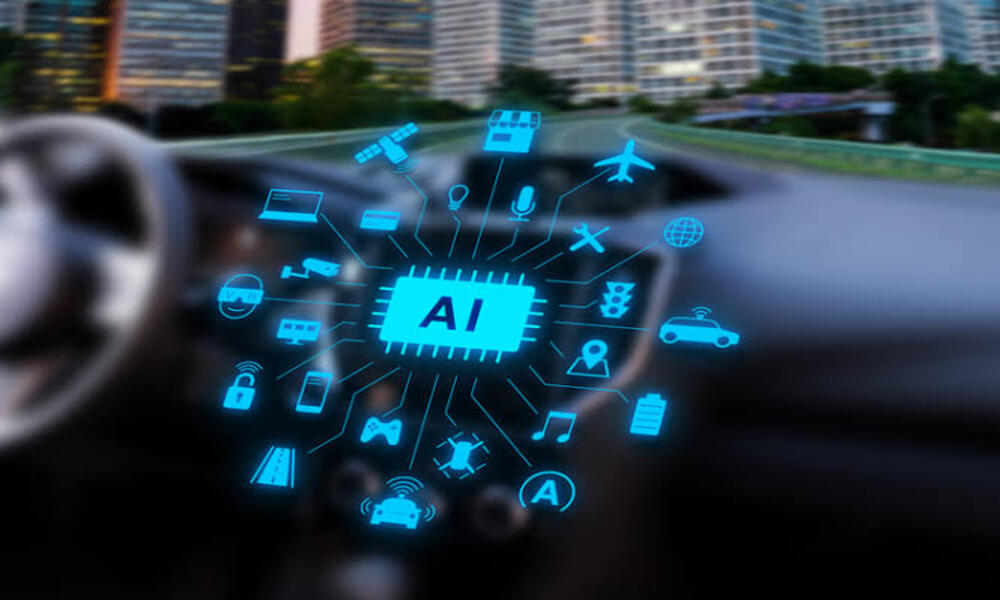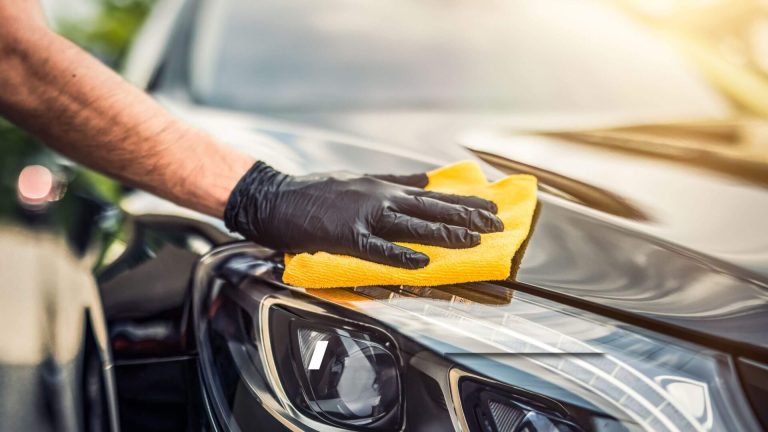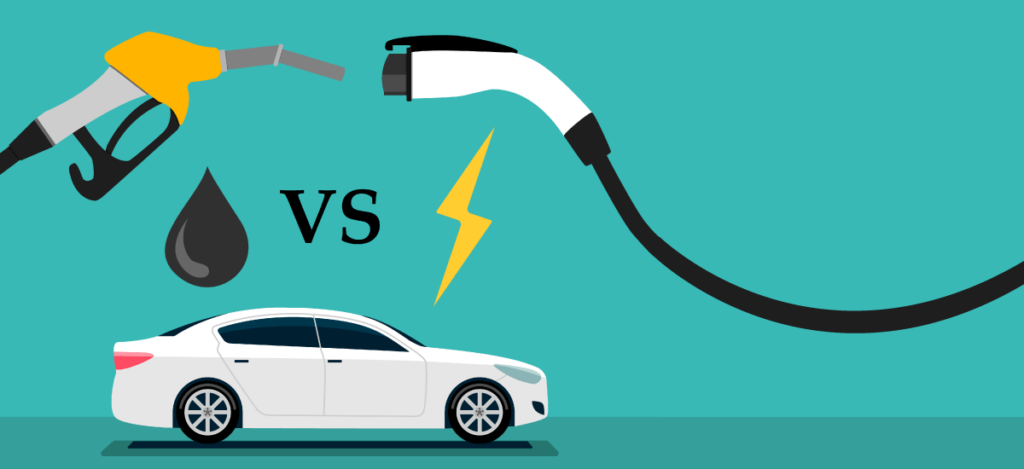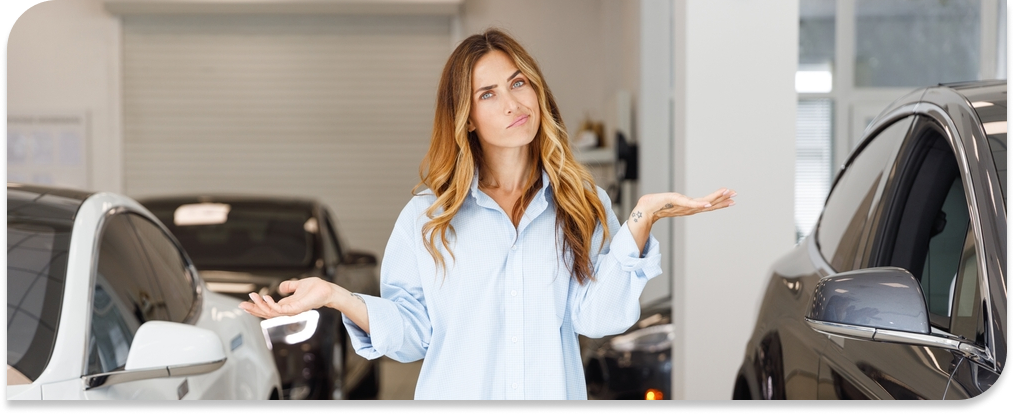Introduction
Classic cars and contemporary machines each provide a charm for enthusiasts and ordinary motorists. It is not like classic cars have the nostalgia and style that modern vehicles exude, for their advanced technology and efficiency. In this article, we will examine the differences, why they have particular appeal for different groups of people, and hopefully help you see that there is something worth liking in each version.
Design and Aesthetics
Iconic designs and craftsmanship: Classic cars are revered for this statement. These types of vehicles are works of art with unique looks, elegant lines, etc. They are not the best, but a design trend of their time ensures they stand out on the road.
On the other hand, current-generation cars are tuned for aerodynamics and performance. Their sleek, aerodynamic designs enhance fuel efficiency and contribute to dynamic load performance. Though they may not have the intricate features of classic cars, modern vehicles combine an eye-catching design with practical use.
Technology and Features
Today, cars are much advanced and are delivered with lots of technology to be safer, more comfortable, and more convenient. Adaptive cruise control, parking assistance, and infotainment pretty much come as standard fare in many new vehicles. These technologies meet modern driving requirements.
Classic cars, on the other hand, live or die by mechanical straightforwardness. They provide a pure driving experience that lacks digital interjection in the field. For many enthusiasts, though, that simplicity is part of the appeal, driving with fewer electronic nannies in the way.
Performance and Handling
One of the areas where modern vehicles usually shine is in performance. Modern vehicles accelerate, brake, and turn better due to improvements made possible by engineering. The move is in line with the increasing levels of awareness and concerns for the environmental problems, hence requires a high level of commitment to fuel efficiency and lower emissions.
Modern cars, on the other hand, are technically better structures and materials while still classic cars have n allergenic nostalgic dimension of own. A vintage steering wheel and that old engine note impart a sense of place modern cars just can’t muster ). Traditional performance still resonates with enthusiasts via that tactile linkage and nod to the past.
Safety Standards
Safety is an important consideration in modern cars. Modern cars come with airbags, anti-lock brakes and stability control which offer a level of safety that classic cars do not have. High-level features like advanced driver-assistance systems also help with occupant protection.
Drivers must be more careful in classic cars, which do not have some of these safety features And while a few optional safety features could be retrofit, they simply do not have the safety built in compared to newer models.
Maintenance and Reliability
Due to advancements in materials and manufacturing, modern vehicles enjoy greater reliability and lower maintenance costs. Simplicity abounds in regular servicing, with numerous bugs diagnosed via onboard computer.
One of the prices to pay for owning a classic car is having to do more regular maintenance. Parts are difficult to come by, and repairs require a certain level of expertise. Getting your hands dirty is part of why many enthusiasts like working on cars.
Cultural and Historical Value
Old cars, as much of a thing we shamefully hate to admit they are, are works of art, hour capsules for periods past. They have come to symbolize innovation and style of the era into which they were introduced. Even today, car shows and vintage rallies exist to celebrate this history and pay tribute to some of the most iconic brands which have appeared since Henry Ford began churning out Model TS.
Although the nostalgia focus is less intense than with grandma’s car, modern cars have embraced a lot of their components in terms of life changes and technological advances. They serve as the leading edge of innovation in sustainability, connectivity and will help chart the course to the future of transportation.
Cost Considerations
Classic Car Ownership Cost can vary greatly, the price is more expensive when a vehicle is rare and in a nice condition. Old vehicles could become high value at their equivalent to classic can be a long term investment. The problem is that these are expensive to maintain and rehab.
Modern cars, for what they depreciate quickly, have warranties and lower initial maintenance costs. While they may not offer the vintage-investment potential offered by classics, long-term ownership costs are likely to be more predictable.
Conclusion
Our classic cars and modern vehicles can provide so much, each with its unique upsides and downsides. Classic cars offer nostalgic walks through automotive history, cherished for their style and no-nonsense driving experience. Unlike their ancestors, modern vehicles bestow sophisticated technology, safety and efficiency.
The choice between the two is dependent on individual taste and requirements. Be it the antediluvian beauty of an old car, or the advanced engineering of a modern one, either way leads to smiles and good times. And knowing the differences between them also makes us appreciate more what each could do on a stretch of road in real life.
